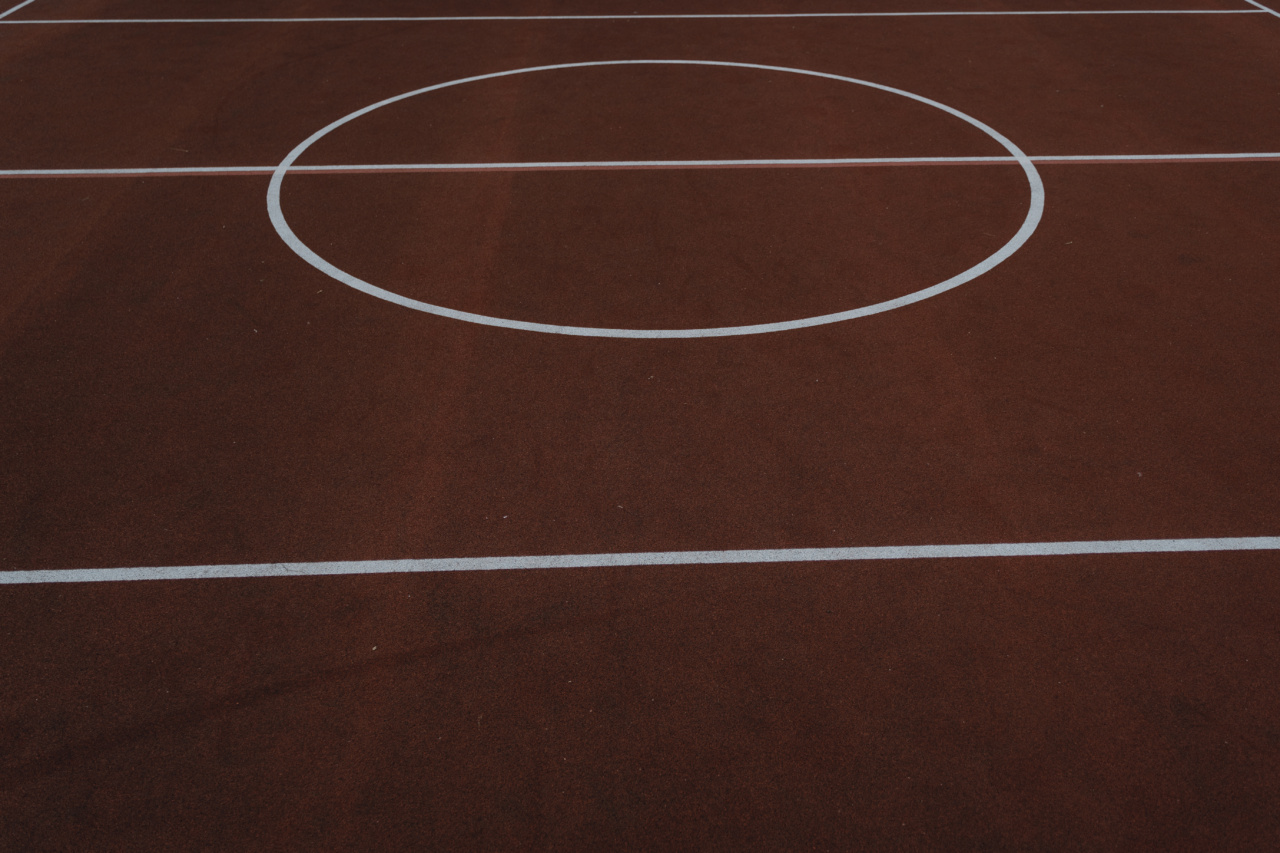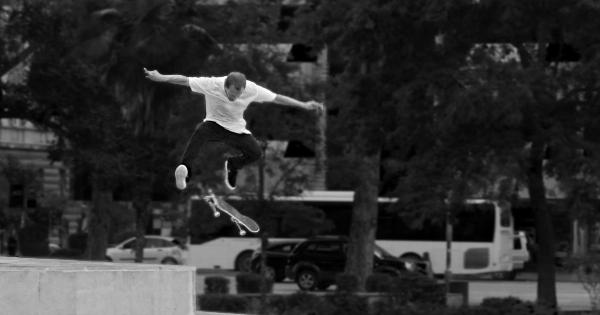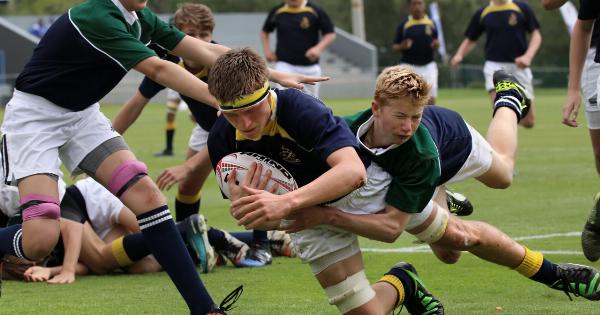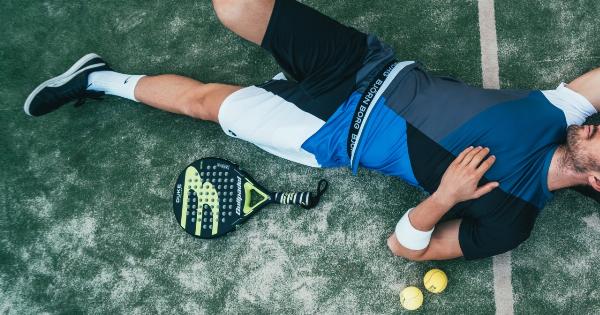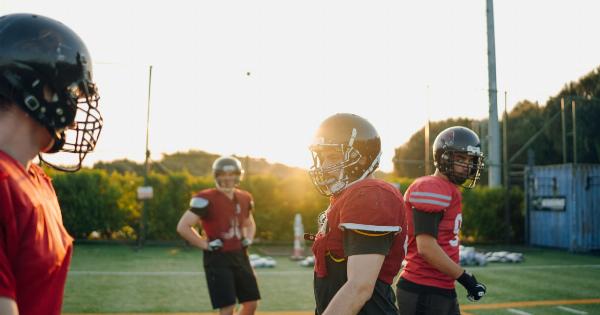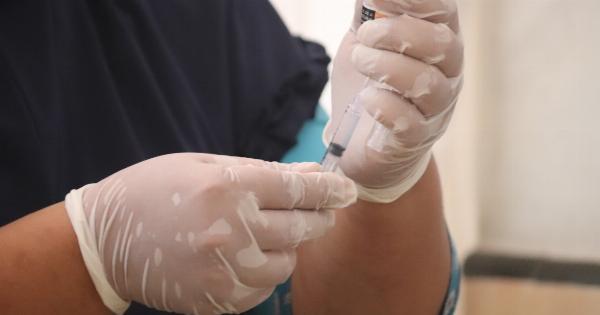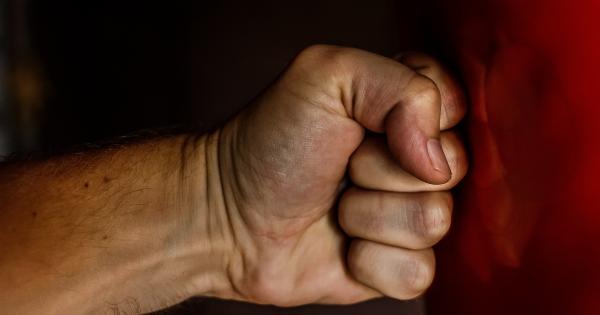Sports injuries are an unfortunate reality for many athletes, both amateur and professional. One common type of injury that occurs in sports is meniscus rupture.
The meniscus is a C-shaped piece of cartilage that acts as a cushion and shock absorber between the shinbone and the thighbone. It helps to stabilize the knee joint and allows for smooth and painless movement.
Causes of Meniscus Rupture
Meniscus rupture can occur due to various reasons, including:.
- Forceful twisting or rotating of the knee joint
- Direct impact to the knee
- Sudden stops or changes in direction
- Deep squatting or kneeling
These movements put significant stress on the meniscus, making it susceptible to tears or ruptures. Athletes participating in sports that involve jumping, pivoting, or sudden movements are at higher risk.
Symptoms of Meniscus Rupture
The symptoms of a meniscus rupture may vary depending on the severity of the tear, but common symptoms include:.
- Knee pain, especially when twisting or rotating the joint
- Swelling and stiffness in the knee
- A popping sensation at the time of the injury
- Difficulty in straightening the knee
- Feeling of the knee “giving way”
If you experience any of these symptoms, it is important to consult a healthcare professional for an accurate diagnosis.
Diagnosis
When you visit a healthcare professional with suspected meniscus rupture, they will perform a thorough examination of your knee. They may also recommend the following diagnostic tests:.
- Magnetic Resonance Imaging (MRI) scan: This imaging test provides detailed images of the meniscus and helps identify the location and severity of the tear.
- X-ray: Although X-rays cannot directly detect meniscus tears, they can help rule out other possible knee injuries, such as fractures.
Treatment Options
The treatment for meniscus rupture depends on several factors, including the location, size, and severity of the tear, as well as the individual’s age, activity level, and overall health. Common treatment options include:.
- Conservative treatment: If the tear is small and the symptoms are not severe, conservative treatment methods may be recommended. These may include rest, ice, compression, elevation (RICE protocol), pain medications, and physical therapy to strengthen the surrounding muscles.
- Arthroscopic surgery: In cases where conservative treatment fails or the tear is large and causing persistent symptoms, arthroscopic surgery may be necessary. This minimally invasive procedure involves using a small camera and surgical tools to repair or remove the damaged part of the meniscus.
Recovery and Rehabilitation
After meniscus surgery or conservative treatment, proper rehabilitation is crucial for a successful recovery. The rehabilitation process may include:.
- Physical therapy: A structured physical therapy program helps restore knee strength, flexibility, and range of motion. It may include exercises, stretches, and manual therapy techniques.
- Gradual return to activity: Athletes should follow a carefully planned progression to gradually return to their pre-injury sports activities. Rushing the process may increase the risk of re-injury or complications.
- Bracing and support: In some cases, the use of braces or supportive devices may be recommended to provide additional stability and protection during physical activities.
Prevention Strategies
While it may not be possible to completely prevent meniscus ruptures and sports injuries, certain strategies can help reduce the risk:.
- Proper warm-up and stretching: Always warm up before engaging in physical activities and perform appropriate stretches to prepare the muscles for action.
- Wear appropriate protective gear: Depending on the sport, equipment such as knee pads, braces, and proper footwear can provide added protection.
- Strengthening exercises: Regularly including exercises to strengthen the muscles around the knee joint can help provide better stability and support.
- Technique training: Ensure proper technique and form while participating in sports to avoid excessive stress on the knee joint.
Conclusion
Meniscus rupture is a common sports injury that can cause significant pain and discomfort.
Understanding the causes, symptoms, diagnosis, treatment options, and rehabilitation process is essential for athletes and individuals who engage in physical activities. By following prevention strategies and seeking appropriate medical care, it is possible to minimize the risk of meniscus rupture and promote a safe and healthy active lifestyle.
